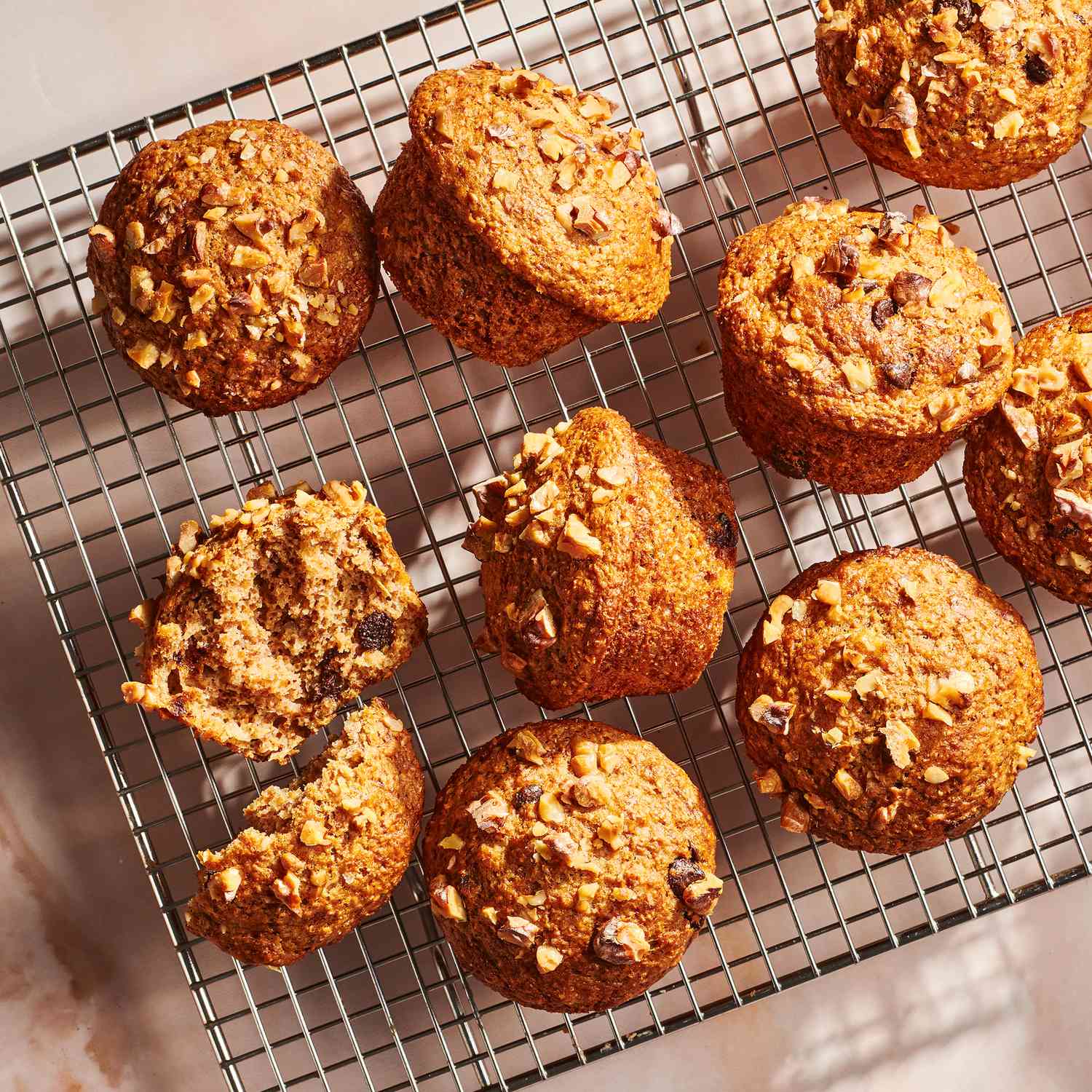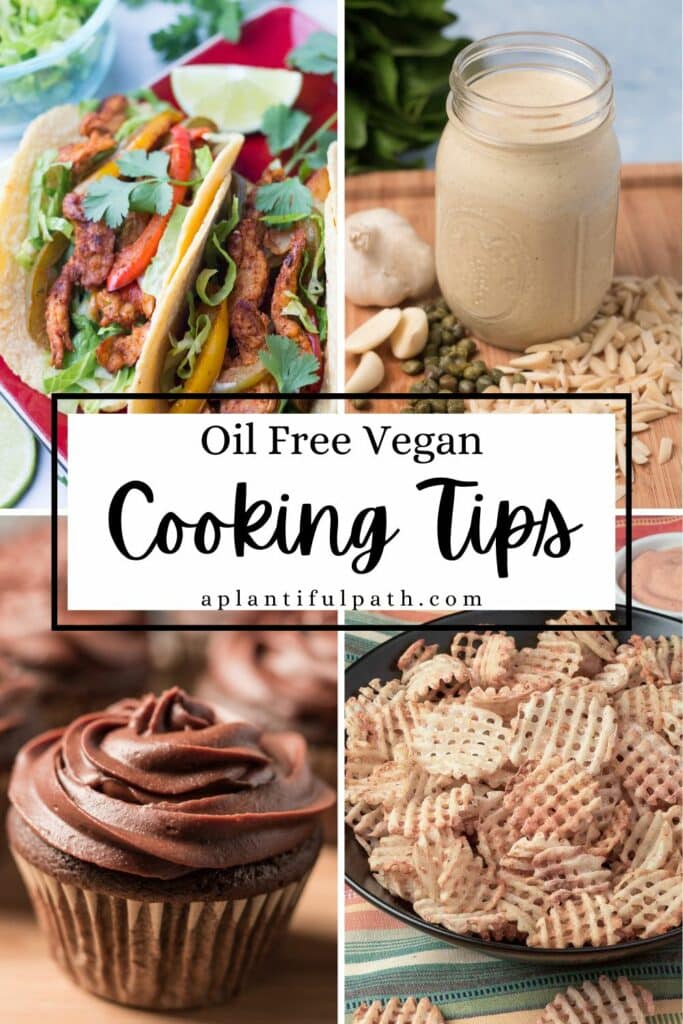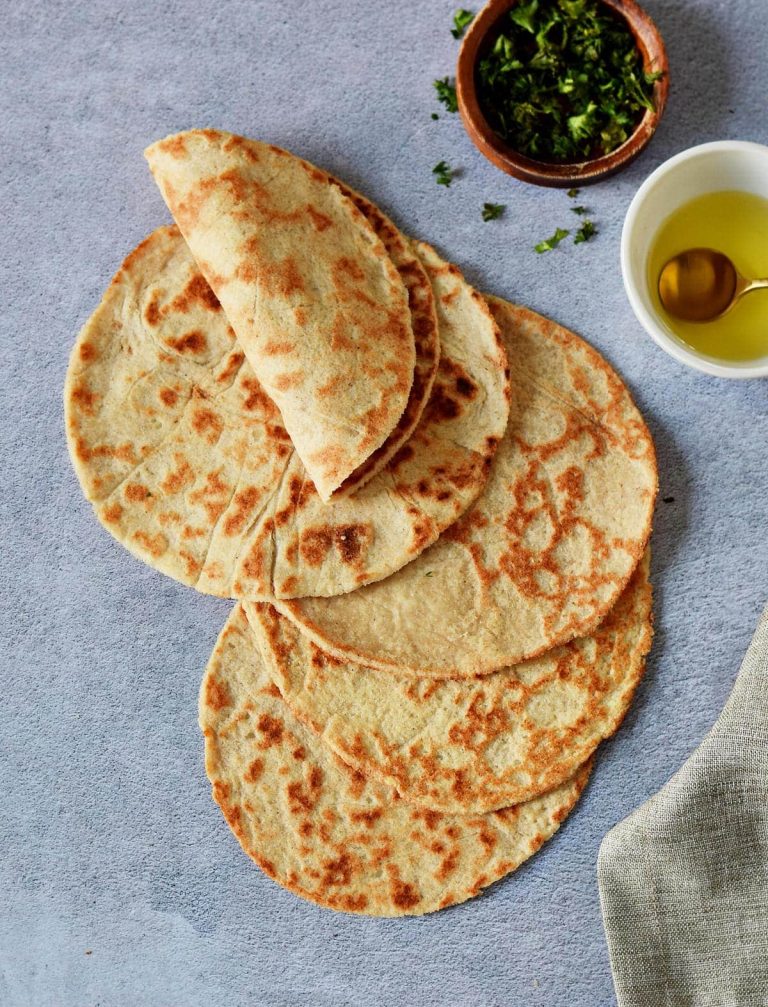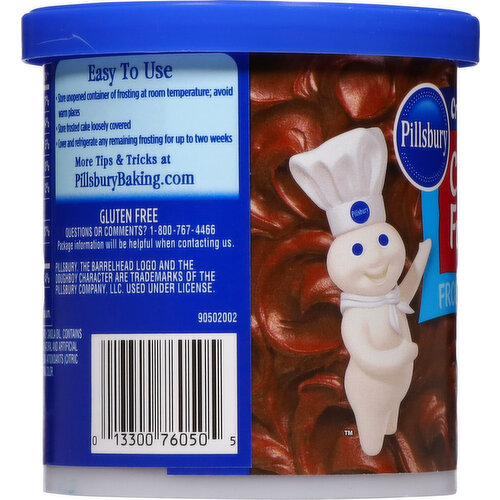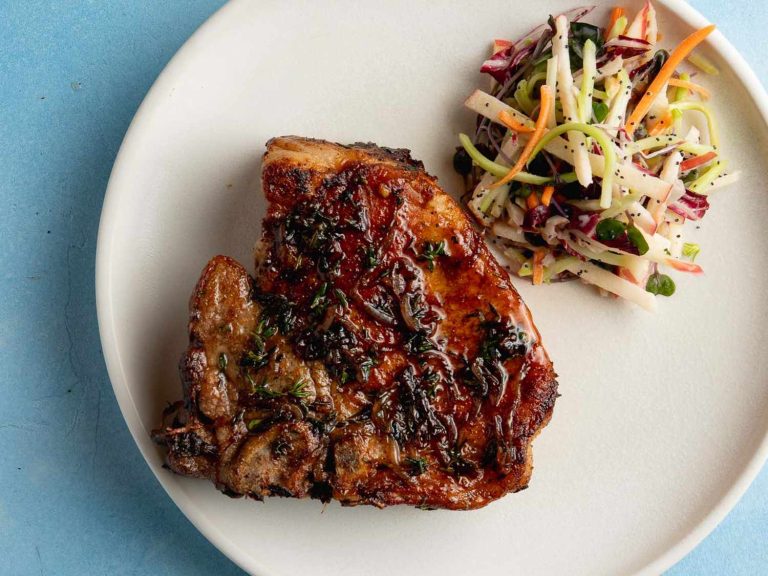Bran Muffins: Discover the Rich History and Nutritional Benefits
Classic bran muffins have an intriguing history rooted in American breakfast traditions. In the early 20th century, bran began to rise in popularity due to its high fiber content. By the 1920s, recipes for bran-based baked goods started appearing in cookbooks, reflecting a growing awareness of nutrition. The combination of wholesome ingredients and ease of preparation cemented bran muffins as a household staple.
Health Benefits
Bran muffins offer numerous health benefits, primarily due to their high fiber content. A single muffin can supply up to 7 grams of dietary fiber, which aids digestion and promotes a feeling of fullness. These muffins are also a good source of whole grains, which contribute to heart health and help regulate blood sugar levels. Additionally, classic bran muffins can be made with low-fat ingredients and natural sweeteners, adding to their nutritional appeal without compromising taste.
| Benefit | Description |
|---|---|
| High Fiber Content | Aids digestion, promotes fullness |
| Source of Whole Grains | Supports heart health, regulates blood sugar levels |
| Customizable Ingredients | Allows for healthy variations with low-fat ingredients and natural sweeteners |
Key Ingredients in Classic Bran Muffins
The Role of Wheat Bran
Wheat bran acts as the primary source of fiber in classic bran muffins. It aids digestion by adding bulk to the stool and promotes regular bowel movements. Wheat bran’s high fiber content, about 15 grams per 100 grams, contributes significantly to daily fiber intake. Additionally, it provides a nutty flavor and dense texture, enhancing the overall mouthfeel of the muffins.
Sweeteners and Moisturizers
Sweeteners like brown sugar, honey, or molasses contribute to the muffins’ taste. Brown sugar gives a subtle caramel flavor, while honey adds a floral sweetness. Molasses provides rich, deep notes. These options allow you to tailor the sweetness level to your liking.
Moisturizers such as eggs, milk, and oil ensure the muffins are soft and moist. Eggs bind the ingredients and add structure, while milk enhances tenderness. Oil, usually vegetable or canola, keeps the muffins moist without making them greasy. Using these ingredients in the right proportions will yield muffins that are both delicious and nutritious.
Cooking Techniques for Perfect Classic Bran Muffins
Mixing Methods
Achieve the ideal texture by using precise mixing methods. Ensure wet and dry ingredients are combined separately. Use a whisk to mix dry ingredients like whole wheat flour, bran, and baking soda. In a different bowl, blend wet ingredients like eggs, milk, and oil until smooth. Combine the wet and dry mixes gently to avoid overmixing, which can make the muffins dense. Stir just until the dry ingredients are moistened, resulting in light and fluffy muffins.
Baking Tips
Create perfectly baked muffins by adhering to a few baking tips. Preheat the oven to 375°F (190°C) to ensure even cooking. Line muffin tins with paper liners or lightly grease them. Fill each muffin cup about 2/3 full, allowing space for the muffins to rise. Place the muffin tin in the center of the oven to promote even heat distribution. Bake for 18-20 minutes, checking for doneness by inserting a toothpick into the center; it should come out clean. Allow the muffins to cool slightly before transferring them to a wire rack to finish cooling, which prevents them from becoming soggy.
Variations of the Classic Bran Muffin Recipe
Adding Nuts and Fruits
Enhance your bran muffins by incorporating various nuts and fruits. Add 1/2 cup of walnuts or almonds to introduce a crunchy texture. Use dried fruits, such as raisins, cranberries, or apricots, for added natural sweetness. Ensure the fruits are chopped into small pieces to distribute evenly throughout the muffins. Fresh fruits like blueberries or grated apples bring moisture and a burst of flavor. Mix these additives gently with the batter to avoid overmixing.
Vegan and Gluten-Free Versions
Adapt your bran muffins to vegan and gluten-free diets with substitutions. Replace dairy milk with almond or soy milk. Use flaxseed or chia seed mixed with water as an egg substitute (1 tablespoon seeds with 3 tablespoons water per egg). Opt for gluten-free oat bran or rice bran instead of wheat bran to maintain the recipe’s fiber content. Consider using coconut oil or vegan margarine in place of butter. Be mindful of baking times, as vegan and gluten-free batters may require slight adjustments.
Conclusion
Classic bran muffins offer a timeless blend of health and flavor. By incorporating modern twists like nuts and fruits or adapting for vegan and gluten-free diets, you can enjoy these nutritious treats in various ways. With the right ingredients and techniques, you’ll create muffins that are both delicious and beneficial. So go ahead and experiment with your favorite variations to make these classic muffins a staple in your kitchen.
